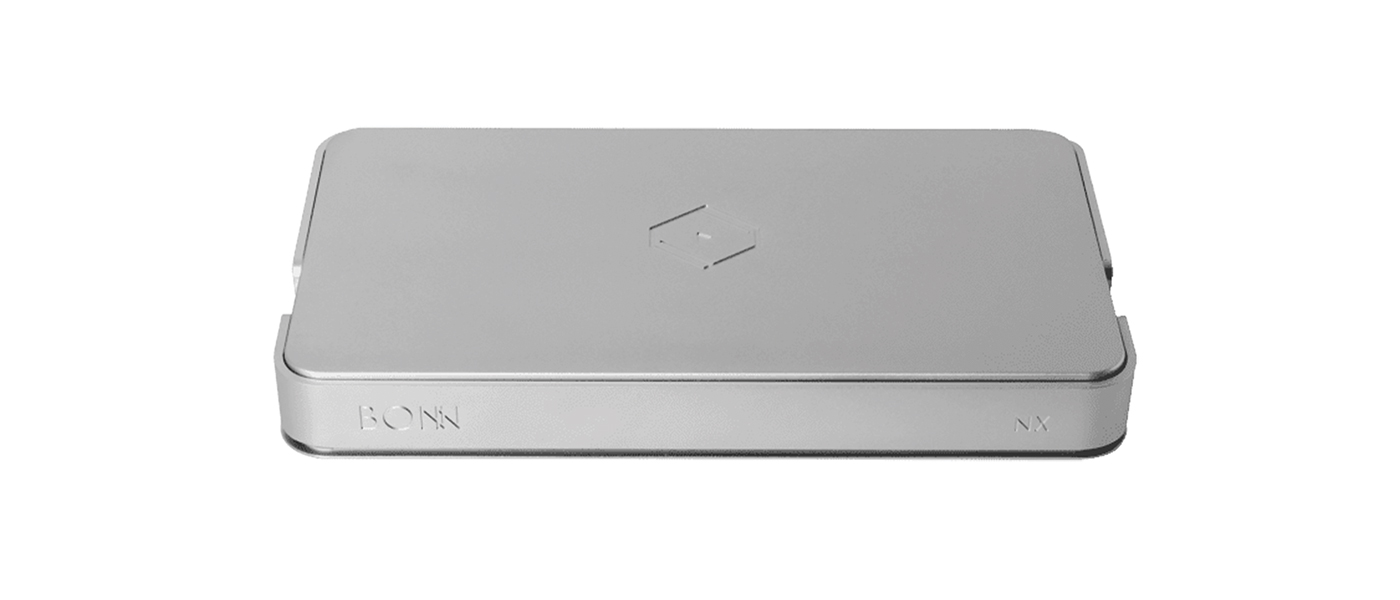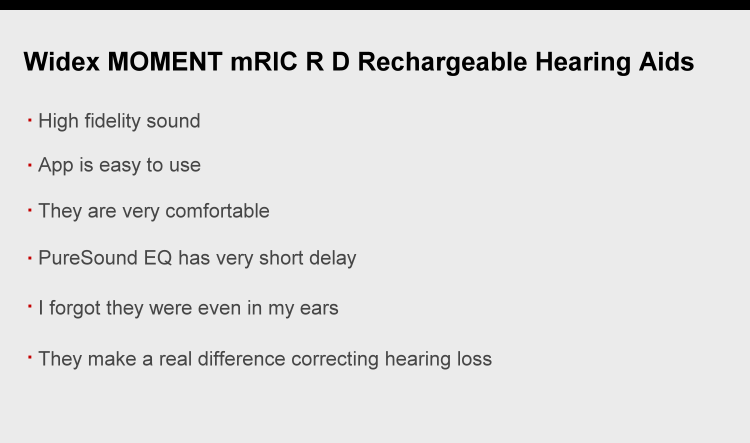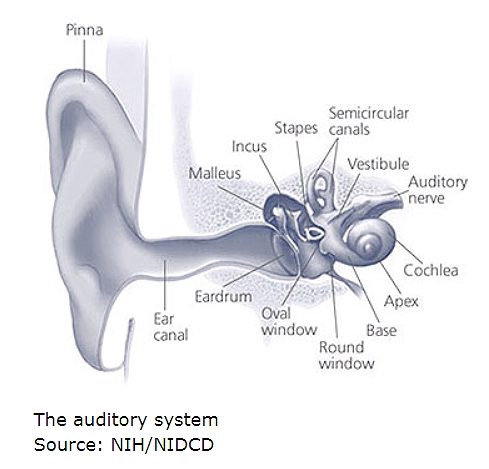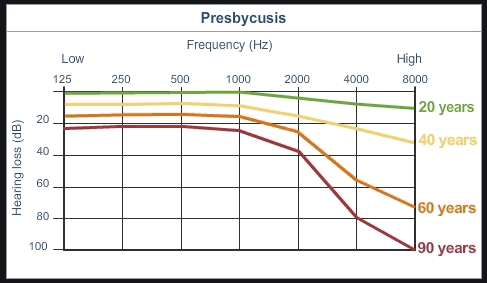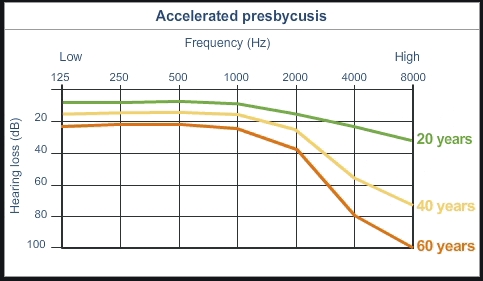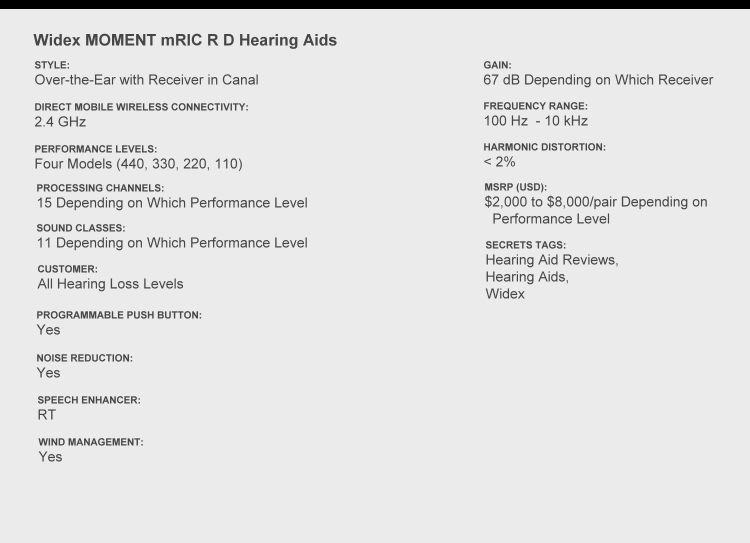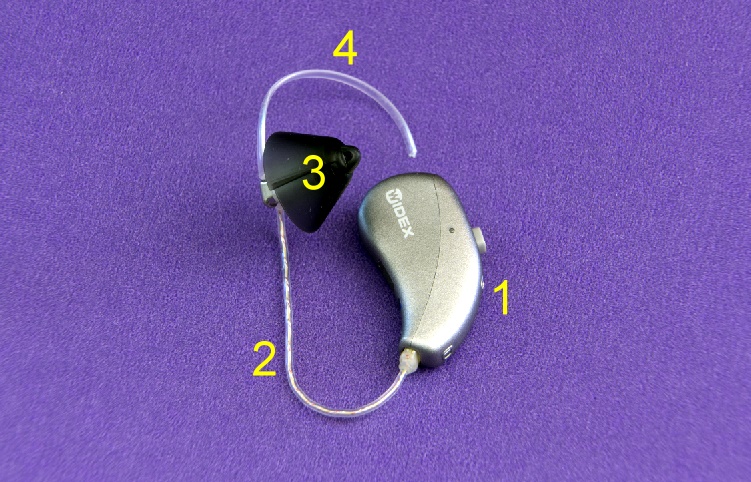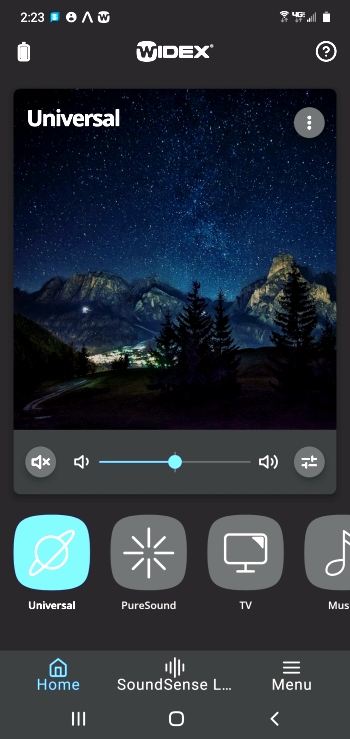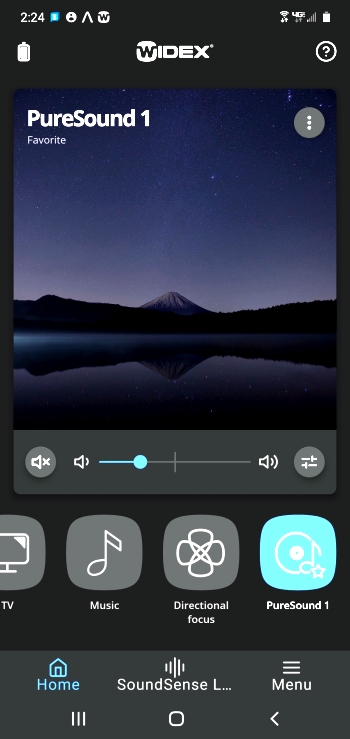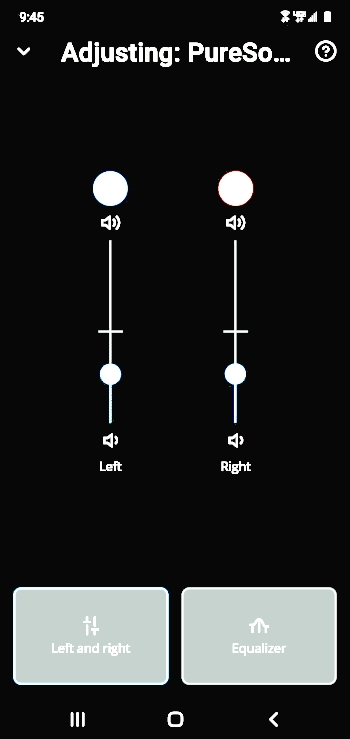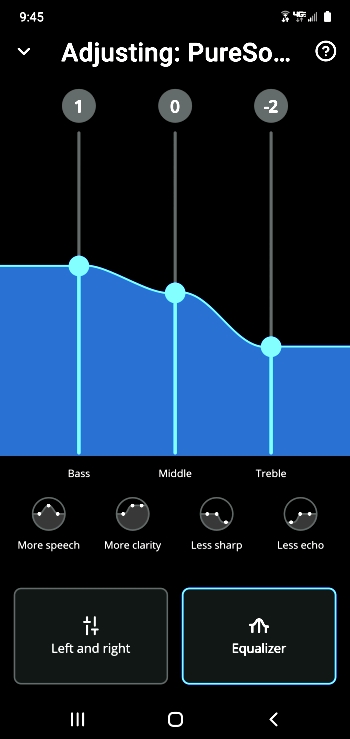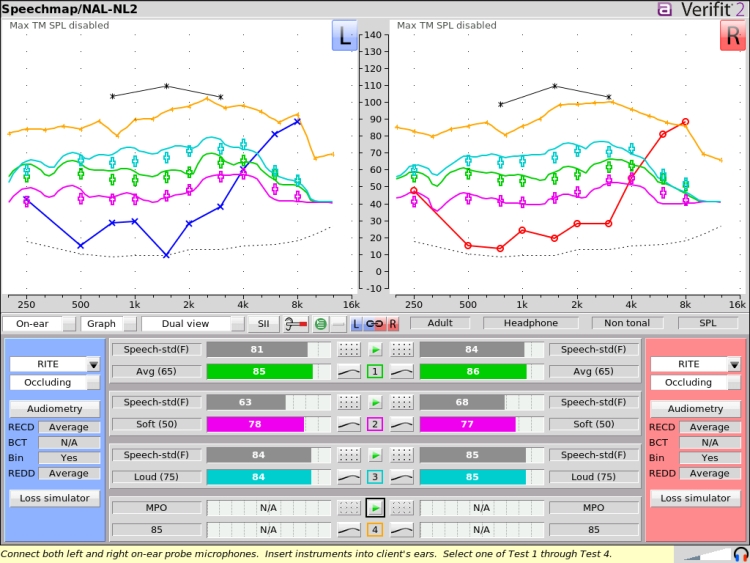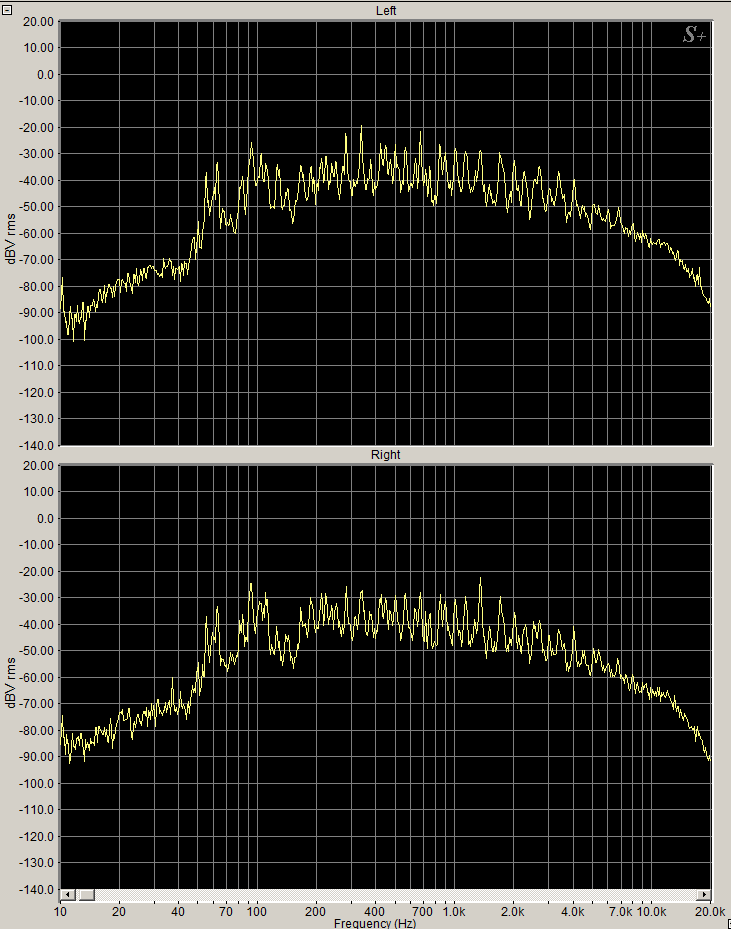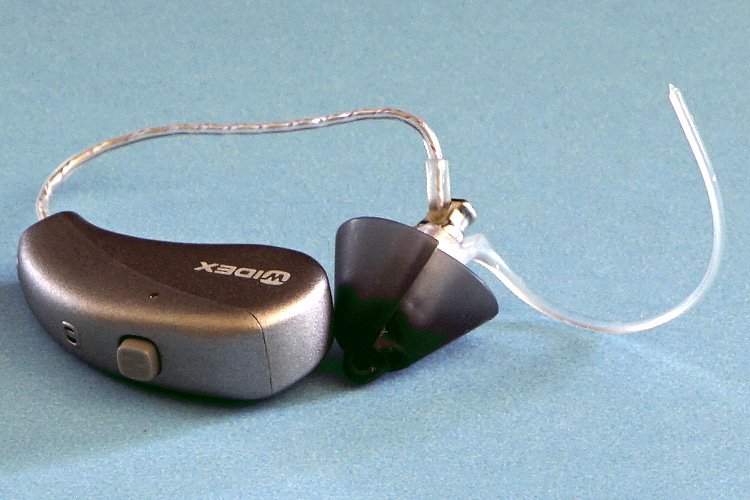
It is something that takes away from having a complete audiophile experience with our expensive audio equipment.
This problem can be partially countered by the use of audiophile-grade hearing aids.
Widex’ new MOMENT mRIC R D Rechargeable Hearing Aids may be just the ticket.
Secrets Sponsor
Highlights
Secrets Sponsor
Introduction
One definite nemesis for audiophiles is that, as we age, and I mean beginning in our mid-30s, we suffer hearing loss. This entails not only loudness deficits, but loss of the ability to hear high frequencies.
This problem only gets worse with increasing age.
It is tragic in light of the small (or large) fortunes we spend on high quality audio equipment.
Let’s start out with how hearing works.
Sound travels through the ear canal to our eardrums. The eardrum vibrates and a series of small bones transmit the vibrations to the cochlea. Inside the cochlea is a channel of cells with small hairs that vibrate with the sound. These hairs are attached to cells which trigger an impulse to the auditory nerve which transmits these impulses to the brain.
Various cells in the cochlea are sensitive to specific frequencies.
Diagram copyright NIH: https://www.nidcd.nih.gov/health/age-related-hearing-loss
Aging, as well as loud noises, such as the high volume of the music at rock band concerts, cause a deterioration in the hair cells of the cochlea, with the cells transmitting high frequency impulses being the most likely to suffer the damage. This damage is permanent.
Shown below is a diagram of how our hearing goes south as we age. Look at it as sort of like the frequency response of an amplifier or speaker. Note that even by age 20, hearing has begun to deteriorate, and by age 60, it is really bad. This hearing loss is called “presbycusis”. Discouraging isn’t it?
And, if you combine age with listening to really loud sound and taking ototoxic (toxic to hair cells) drugs, look at the increased hearing loss, shown below. At 40 years of age, there is a more than 70 dB loss at 8 kHz. Whoa!
Presbycusis diagrams copyright http://www.cochlea.eu/en/pathology/presbycusis
The (partial) solution to this problem is hearing aids. But, not just any hearing aids. What we need are hearing aids that are audiophile-quality.
There are several styles of hearing aids, shown below, including Behind-the-ear and In-the-ear.
Styles of hearing aids; Diagram copyright NIH: https://www.nidcd.nih.gov/health/hearing-loss-older-adults
Widex is a hearing aid company based in Denmark. I was approached by a Widex representative about reviewing their new MOMENT mRIC R D Rechargeable Hearing Aids as a solution for audiophiles’ age-related hearing loss, and I decided, since I am 75 years old, to try them out.
The units were supplied by Dr. Jane Baxter of Pacific Hearing Service, Menlo Park, California, where I was tested for hearing loss and fitted with a pair of MOMENT mRIC R D hearing aids programmed for my specific hearing frequency response.
WIDEX MOMENT mRIC R D RECHARGEABLE HEARING AIDS SPECIFICATIONS
Website: https://www.widex.com/en-us
Design
The Widex MOMENT mRIC R D Rechargeable Hearing Aids are a behind-the-ear design. What this means is that the bulk of the hearing aid is behind the ear, with a very small diameter clear plastic cable, the tip of which is placed into the ear canal.
Below is a photo of one of the hearing aids. The main body (1) goes behind the ear, and there is a left and right side hearing aid. The right side unit has a red dot on it, and the left side hearing aid has a blue dot. The unit shown below is the left side hearing aid.
Cable 2 comes over the ear, and the rubber tip (3) is pushed into the ear canal. The “speaker” (called the Receiver) is inside the rubber tip. The additional clear plastic cable (4) goes below the ear canal. Cable 2 contains a wire to connect to the speaker inside the rubber tip, and the function of the additional plastic cable (4) is simply to help secure the aid in the ear.
The button seen on the side of the main body, near the number 1, turns the hearing aids on. They are also used to adjust the volume, with one hearing aid button increasing the volume and the other hearing aid button decreasing it. Various sizes and styles of rubber tips are available to choose from.
The Widex MOMENT app has to be downloaded to your smart phone. After charging and placing the hearing aids in your ears, you turn on the Bluetooth connection in your phone and boot the MOMENT app. It shows a screen with the Widex connecting.
Once the app is booted, you can select from various EQ modes. There is a Universal mode, along with PureSound, TV, and Music.
I liked the PureSound because it has an inaudibly short delay (DSP causes a millisecond or two delay). I adjusted the EQ and volume, and the app offered me the opportunity to save that as a custom mode which I named “PureSound 1”. You can see the volume control above the Music, Directional Focus, and PureSound 1 buttons. Directional Focus lets you select from two sets of microphones on the hearing aid main body so you are listening in front or in the rear.
Selecting the Menu button delivers the following screen which gives you a selection of various help information.
If you click the small circle just to the right of the volume control grid (above the PureSound 1 button), you will be taken to a screen that lets you adjust the volume of the left and right hearing aids individually.
You can then select the Equalizer button on that same screen (shown above) to go to a screen that lets you adjust the relative amount of high frequencies (Treble) vs. low frequencies (Bass) and Middle. You can select presets to give more clarity, less sharp, less echo, and more speech. Just try them out and save the ones you like as custom EQ modes. The EQ that is shown in the screen shot below is the PureSound 1 custom EQ mode that I created for myself.
There is a second phone app called Remote Care. It is used to connect with the dealer who sold you the hearing aids so that they can modify the programming.
In Use
I spent several hours at Pacific Hearing Service where I was placed in a sound insulated chamber with headphones on, and they played sine waves as well as noise at various levels to determine what my hearing loss was.
Then they gave me a set of the Widex MOMENT mRIC R D hearing aids to put in my ears and programmed the left and right channels to counter the hearing loss, shown below.
The dark purple line at the bottom on the left channel, and the orange line at the bottom on the right channel show the inverse of my hearing, meaning the loudness that I needed to have in order to be able to hear various frequencies. The other colored lines represent the programming of the hearing aids to counteract this.
You can see that the process is extremely sophisticated.
OK, so how did they sound?
Well, in a word, fantastic!
I listened to a lot of music played in my high end audio rooms, and the difference that the Widex MRR2D hearing aids made was immediately apparent. The most obvious difference was that the leading edge of instruments was clearer.
Complete List of Reference Components: OPPO BDP-105 Universal Player (4), OPPO UDP-205 Universal Player (2), VPI-HR-X Turntable with Sumiko Blackbird MC Cartridge and Sumiko Palo Santos MC Cartridge, Manley Labs Steelhead Tube Phono Preamplifier (2), Balanced Audio Technology VK-5i Pure Class A Triode (Tube) Stereo Preamplifier (2) (Fully Balanced), Balanced Audio Technology VK-500 Solid State Stereo Power Amplifier (Fully Balanced) (250 Watts per Channel), Pass Labs Xs Preamplifier, Pass Labs Xs 300 Monoblock Pure Class A Power Amplifiers (2) (300 Watts/each), Parasound JC 1+ Monoblock Power Amplifiers (2), Lamm LL1 Signature Stereo Pure Class A Triode (Tube) Preamplifier, MartinLogan CLX Full-Range Electrostatic Speakers (2), Magnepan 20.7 Planar-Magnetic Speakers (2), Sonus faber Lilium Speakers (2), Paradigm Reference Signature SUB 2 Subwoofers (2), Custom-Built Computer for Audio Analysis, Accupel HDG-3000 Digital Color Signal Generator (1080i capable), Component Video and DVI Output, ColorFacts Pro Video Test and Calibration Software, Version 6.0, Spyder Sensor, SpectraPlus Audio Analysis Software, Audio Precision SYS-2722 Spectrum Analyzer, Staco 3PN2210B-DVM 22 Ampere Variable Transformer (for adjusting line voltage to 120 volts during amplifier power output tests), Pass Labs XP-20 Stereo Preamplifier, Classé SSP-800 Surround Sound Processor, Emotiva XMC-1 Surround Sound Processor, Classé CA-5200 Five-Channel Power Amplifier (200 Watts per Channel), Pass Labs X600.8 Power Amplifiers (4) (600 Watts/Each), Audio Control Phase Coupled Activator (Sub-Harmonic Generator), Carver Platinum Mark IV Ribbon Speakers (2), MartinLogan Summit X Hybrid Electrostatic Speakers (2) (Rear Left/Right), MartinLogan Stage X Hybrid Electrostatic Speakers (3) (Center and Sides Left/Right), Velodyne DD-18+ Subwoofer (3), HiFiMAN HE1000 Planar Magnetic Headphones, OPPO PM-1 Planar Magnetic Headphones, OPPO HA-1 Headphone Amplifier, Bryston BUC-1 USB Converter, Sony VPL-HW55ES 1,920 x 1,080p Digital Projector, 90″ (Diagonal) Stewart Grayhawk Projection Screen, Sony 75″ UHD (4K) Flat Panel Display, Clarus Audio and Wireworld cables, Clarus Concerto Power Conditioner with Crimson Power Cable.
One does need to keep in mind that music is heavy in the midrange with falloff at the higher frequencies, as shown below with an orchestral music spectrum. So, the fact that we lose the relative ability to hear above 3 or 4 kHz with age is not so obvious.
Also, the mRIC R D’s frequency response is 100 Hz to 10 kHz. This is not the complete human hearing range, but it is not important because our age-related decline above 8 kHz is so severe, it would be impossible to amplify the frequencies above 10 kHz enough to make a difference. For the frequencies below 100 Hz, there is no significant age-related decline, and those frequencies get past the rubber ear plug from the music source.
Nevertheless, having a pair of high fidelity hearing aids does make an audible difference.
If you have noticeable hearing loss, your health insurance may cover most or all of the cost of a good set of hearing aids, like the Widex MOMENT mRIC R D. You just need to check this out, and then have your family physician give you a prescription to get a pair. The “Rack Rate” price per pair is adjusted by insurance companies. The actual price ends up at about $2,000 to $8,000 depending on the performance level.
I was very impressed not only with the quality of the Widex hearing aids, but the thoroughness of Pacific Hearing Service. If you live in the San Francisco Bay Area, this company is certainly one to consider when getting your pair.
I would have liked to stream music from my phone to the hearing aids, but, at present, this model will only stream to iPhones, not Android phones. Android streaming is coming, but not here yet.
More than a decade ago, in 2006, we published an article entitled, “Hearing Aid Issues for the Hearing Impaired Audiophile“, by Wayne Sarchett. Although hearing aids have come a long way since then, you should take a look at it since much of what is presented there is still applicable.
Conclusions
I am surprised at how much difference a good set of hearing aids can make when listening to music. The Widex MOMENT mRIC R D hearing aids helped to alleviate some of the age-related hearing loss that I have experienced, and to improve enjoyment from my audiophile equipment.


